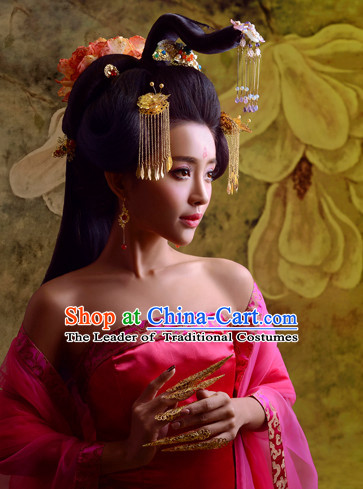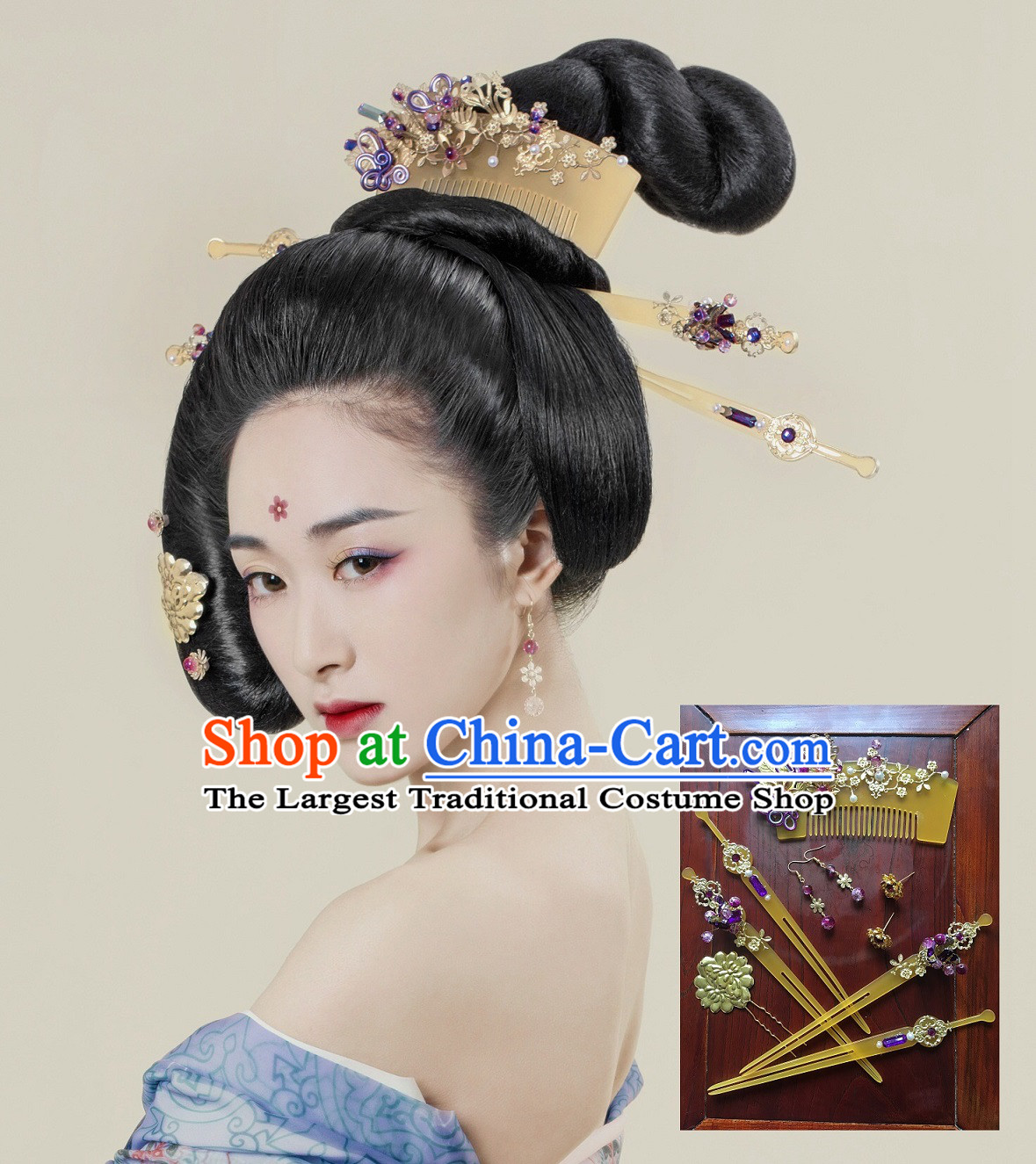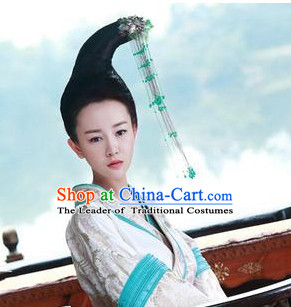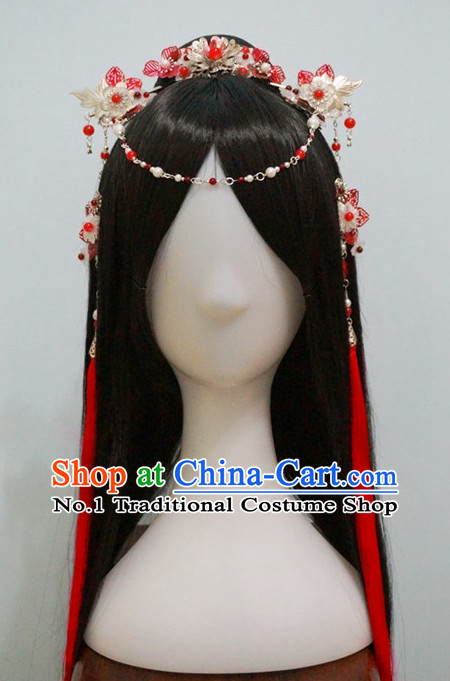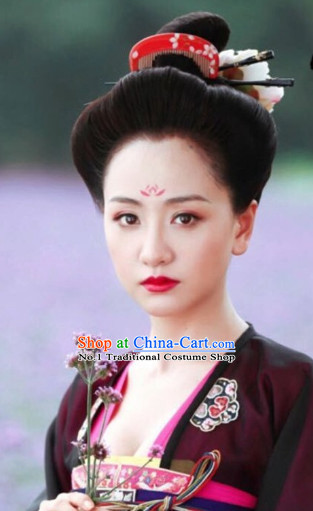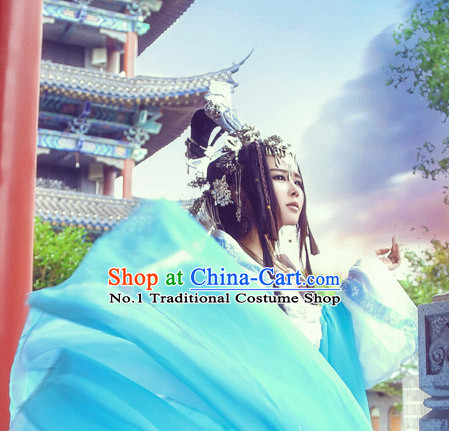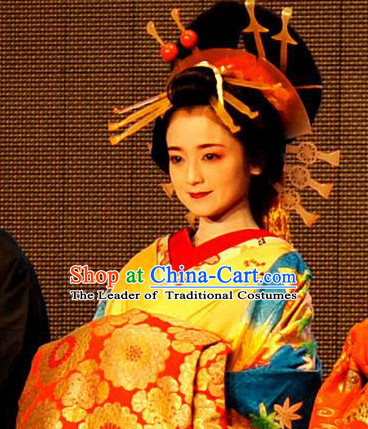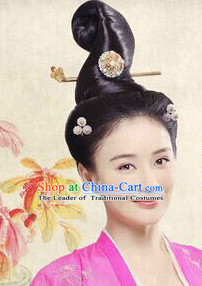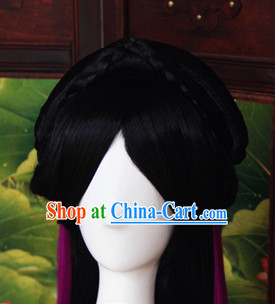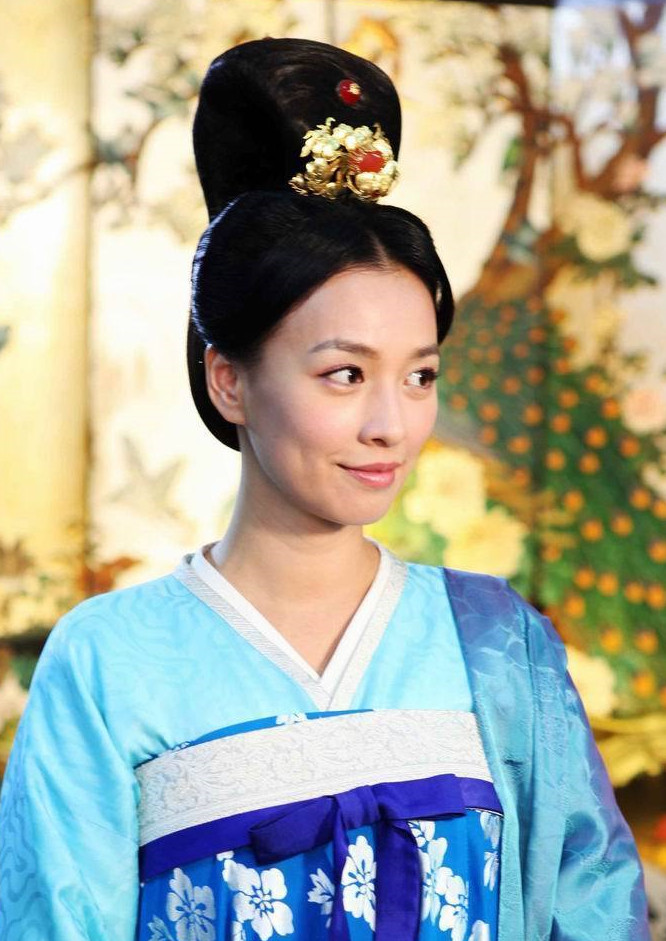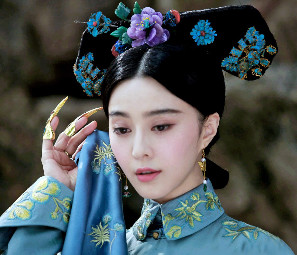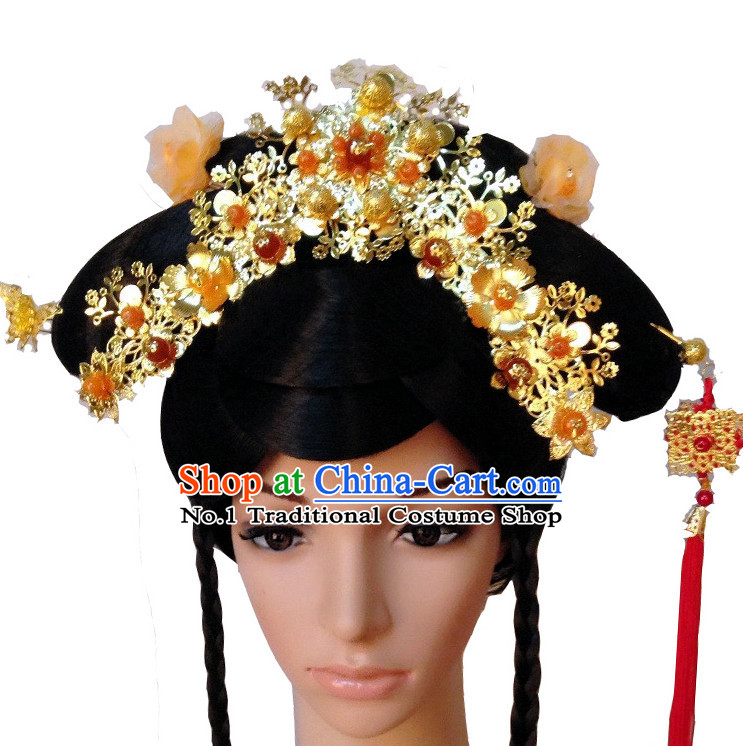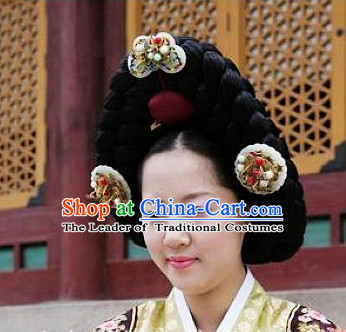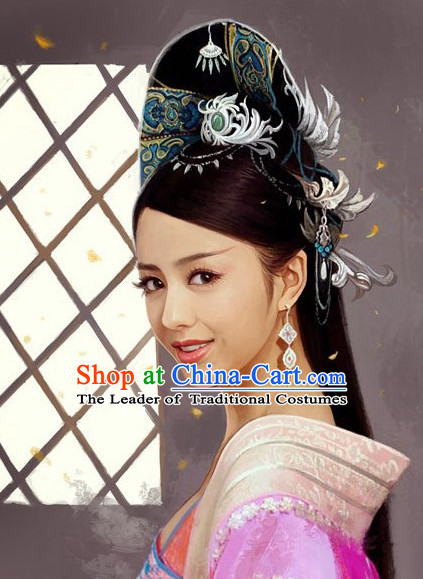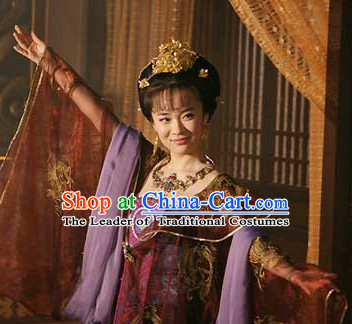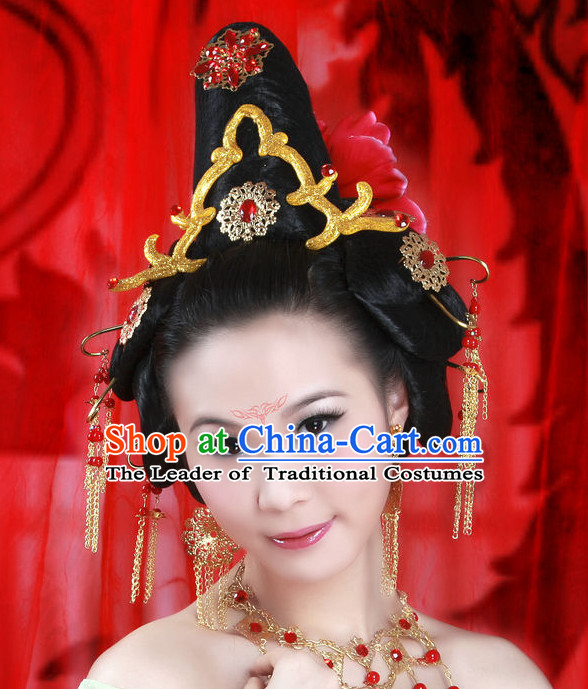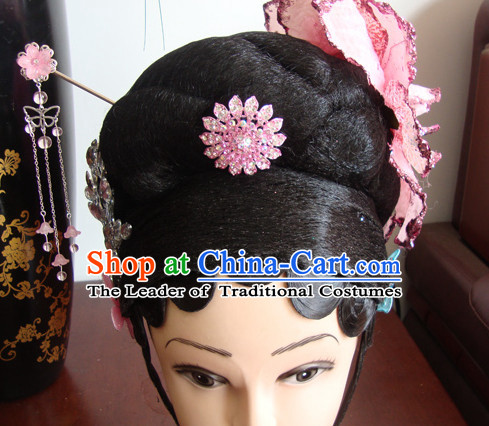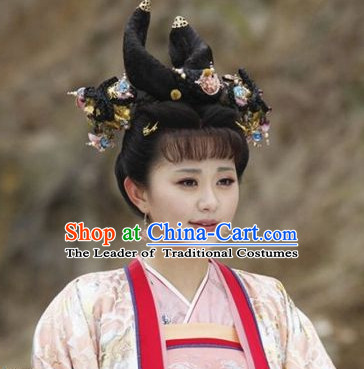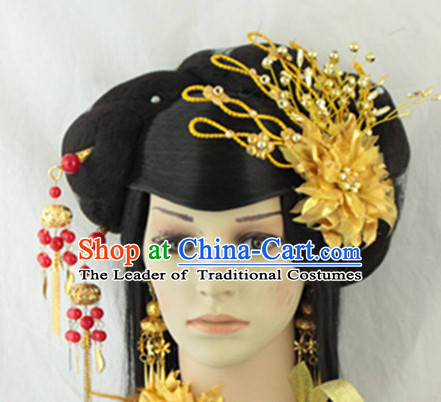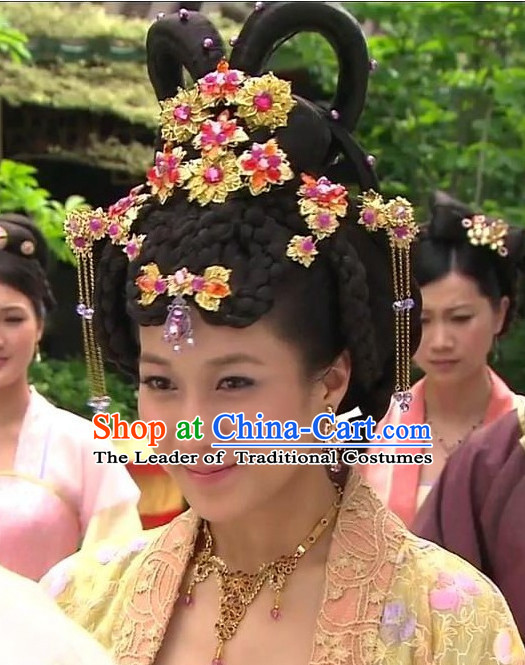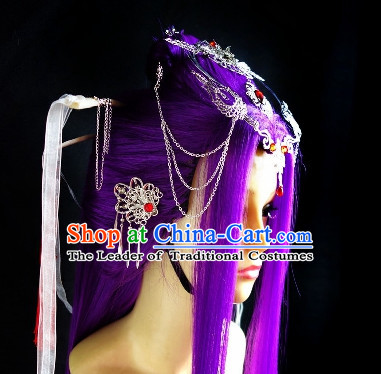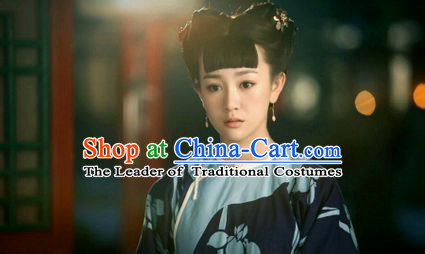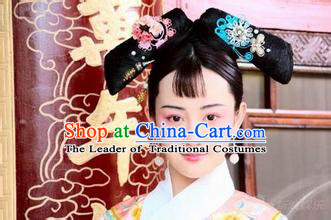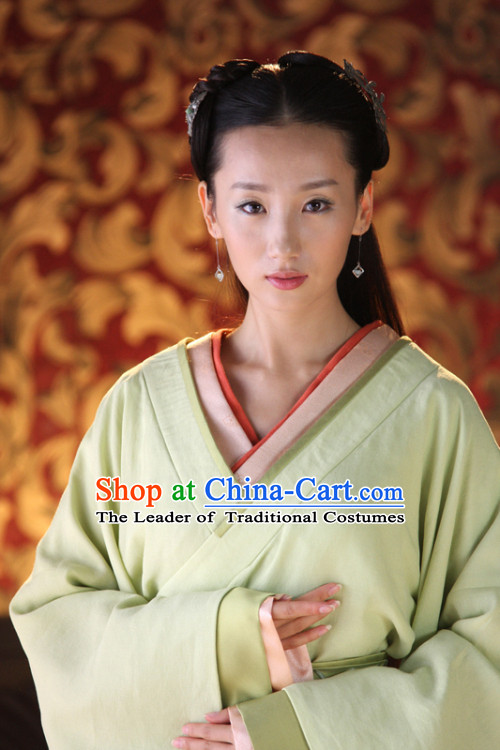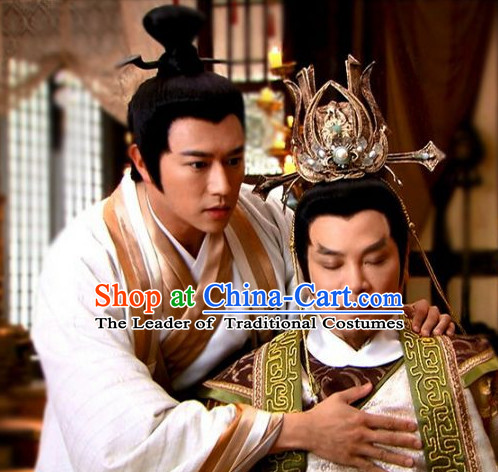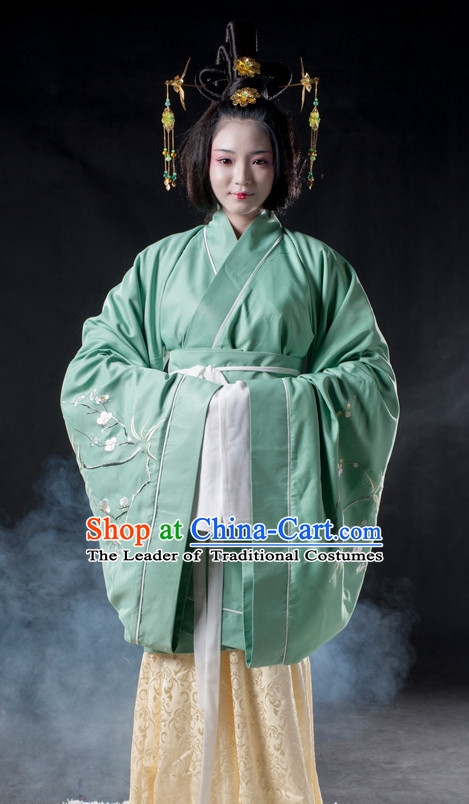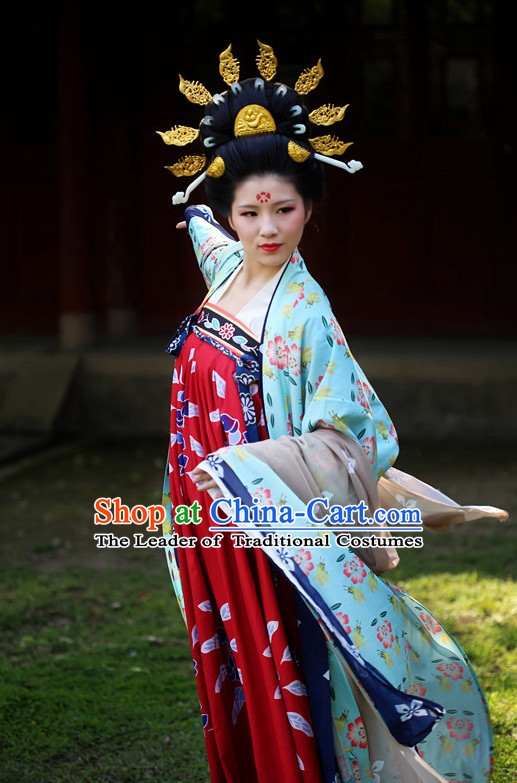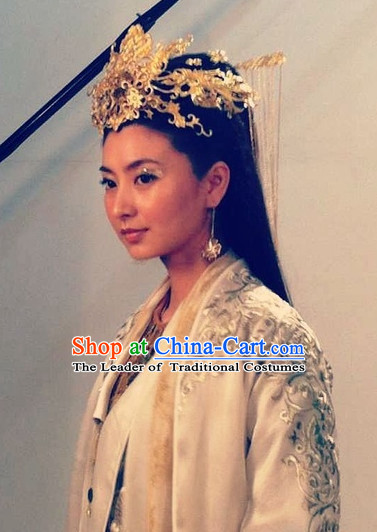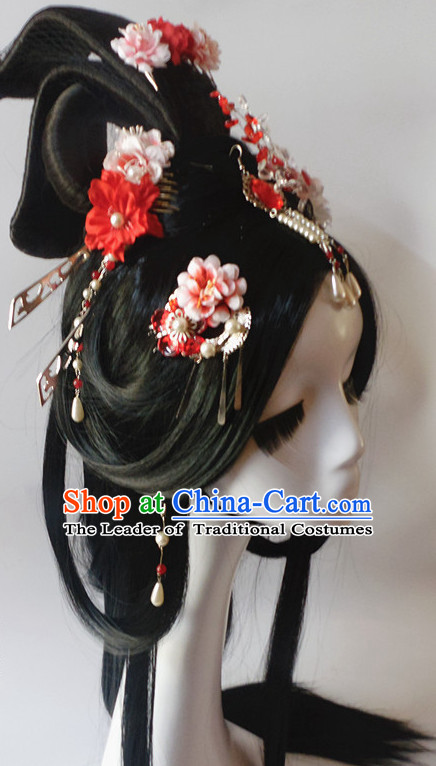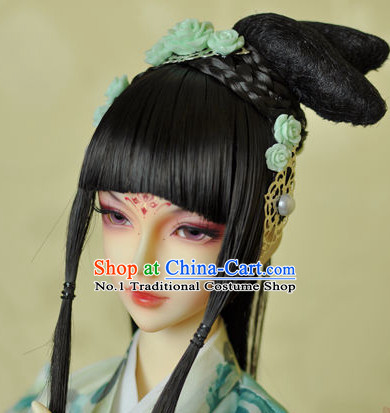
Click Related Pictures for More Audios:
: Traditional Chinese black hairpins and accessories add unique charm to the beauty of women.
These exquisite works of art represent the pursuit of beauty in Chinese culture, as well as the importance placed on hair care.
They not only have aesthetic value but also carry rich historical significance and cultural connotations.
In ancient China, hair was considered an important component of female beauty.
Therefore, hairstyles, hair accessories, and hair styles were subject to strict norms and etiquette requirements.
Black hairpins and accessories were typically used for formal occasions such as weddings, celebrations, or official events.
They could be made of metal, jade, silk, or other materials and featured unique designs and craftsmanship.
These accessories were both practical and beautiful, able to showcase the wearer's elegance and status.
In addition to being decorative items, these accessories also had practical functions.
For example, they could be used to secure the hair and prevent it from becoming disheveled or blown away by the wind.
Furthermore, some accessories could serve as amulets or symbols to protect the wearer from evil forces.
This combination of practicality and aesthetic value makes these accessories an indispensable part of Chinese culture.
Over time, the design and style of these traditional accessories have evolved.
Modern artists and designers combine traditional elements with contemporary fashion to create unique and creative works.
These works demonstrate the diversity and inclusiveness of Chinese culture while reflecting changes and developments in contemporary aesthetic concepts.
In conclusion, traditional Chinese black hairpins and accessories bring unique charm to women and embody the pursuit of beauty and emphasis on hair care in Chinese culture.
They not only have aesthetic value but also carry rich historical significance and cultural connotations.
By appreciating these works of art, we can better understand the essence and values of Chinese culture.









